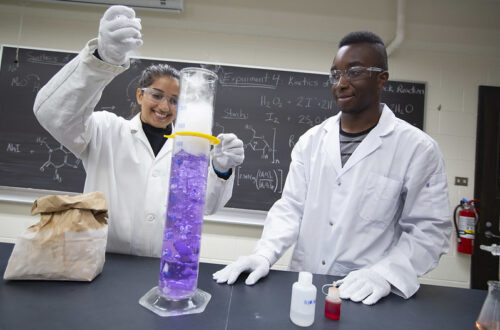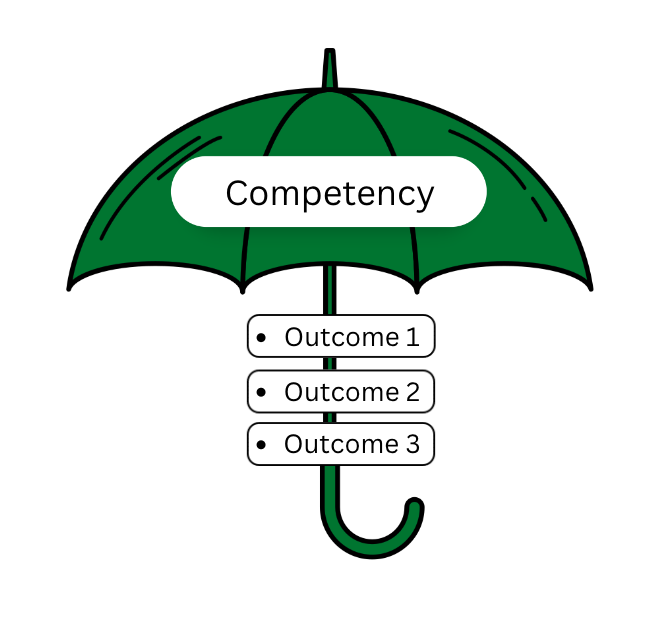When ‘Better’ does not equal ‘Easier’
I wonder about that. I wonder if students might feel better about doing more work if they knew that this might mean they would learn more and retain more. I wonder if we could highlight for students that engaging actively in class often results in learning more. I wonder how things would change if “better” could come to mean learning more because one has made an effort and that greater skill development might occur because there was practice and feedback rather than “easier” because less effort was required. I wonder what it would be like if the university culture became one in which the majority of students chose classes that were effortful so they could maximize their learning rather than figuring out which classes were the “easiest” because the demands were less and the assignments were considered easy.
Kuh’s high-impact educational practices (HIPs) offer a framework for structuring just these kinds of effortful, engaging learning opportunities. The 10 high-impact practices are: first-year seminars, common intellectual experiences, learning communities, service learning, writing-intensive courses, collaborative assignments and projects, undergraduate research, study abroad and other experiences with diversity, internships, and capstones. A solid summary of the practices can be found here.
One of the best sites I’ve found so far about the practical integration and application of high-impact educational practices at the class level is here.
This site nicely summarizes many aspects and practical applications of HIPs. For example, it states that HIPs are “positively associated” with persistence and GPA, “deep approaches to learning”, higher rates of student-faculty interaction, increases in critical thinking and writing skills, greater appreciation for diversity, and higher student engagement overall—which leads to increased learning. The site also provides a useful entry-level checklist for integrating HIPs into programs and courses.
If you want to discuss more about this, or you want to explore bringing a high-impact lens to your programs or courses, please contact our centre.


